Ceiling lights come in various styles and designs, from flush mount fixtures to pendant lights. A ceiling light cover, also known as a light shade, is part of the light fixture that covers the light bulb.
You may need to remove the light cover over time to replace a light bulb or clean it, as it can become dirty or damaged. How to remove ceiling light cover no screws?
Removing a ceiling light cover without screws can be challenging if you’re not familiar with the process.
However, with this guide and the right tools and techniques, you can do it safely and easily.
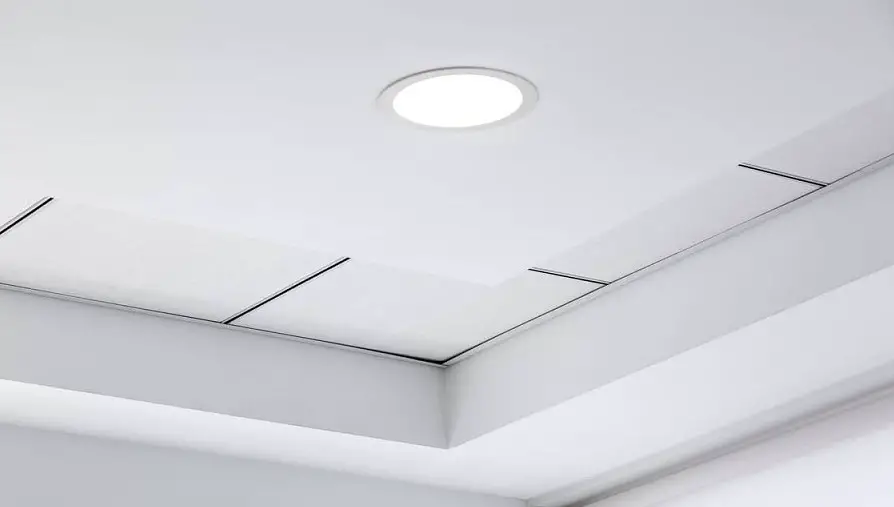
Gather the required tools
To remove a ceiling light cover without screws, gather the necessary tools, including needle-nose pliers, a flat head screwdriver, and a utility knife. These tools will help prevent any damage to the fixture as you work.
Keep in mind that the tools needed may vary depending on the type of ceiling light. If the light cover is secured by screws, a screwdriver will be necessary instead of a utility knife. In some cases, a ladder or step stool may also be required to safely reach the light fixture if it is positioned at a high or hard-to-reach location.
It’s always a good idea to have a partner or someone to help hold the ladder steady while you work.
To remove the ceiling light cover, begin by turning off the power to the light fixture at the electrical panel to avoid any electrical shocks. After gathering the necessary tools and taking any required safety precautions, you can proceed with the removal of the ceiling lights.
Using pliers or a screwdriver, loosen any screws or clips that hold the light cover in place. If the light cover is difficult to remove, you may need to use a knife to gently pry it away from the fixture.

Determine the best removal method
Ceiling light covers come in various shapes, sizes, and materials, with some being made of plastic and others of glass. The method of removing the cover may vary depending on the type of light cover you have. For instance, some light covers use a flush mount fixture, while others use a glass dome or metal collar.
It is important to identify the type of light cover you have, since this determines the appropriate removal method. Failure to remove the light cover properly can pose safety hazards, making it essential to follow the correct procedure.
By following the right procedure, you can avoid accidents and ensure safe and successful removal.
How to remove ceiling light cover no screws? To remove a flush mount ceiling light with a glass shade and no screws, you may need to locate the spring-loaded clips that secure the shade to the light fittings. These clips can be released using a small metal spring.
It is crucial to follow the correct procedure when removing a ceiling light cover, since improper removal can pose safety hazards. Not only can accidents occur, but damage to the light fixture and cover can also result. Therefore, understanding how to remove a ceiling light cover is essential.
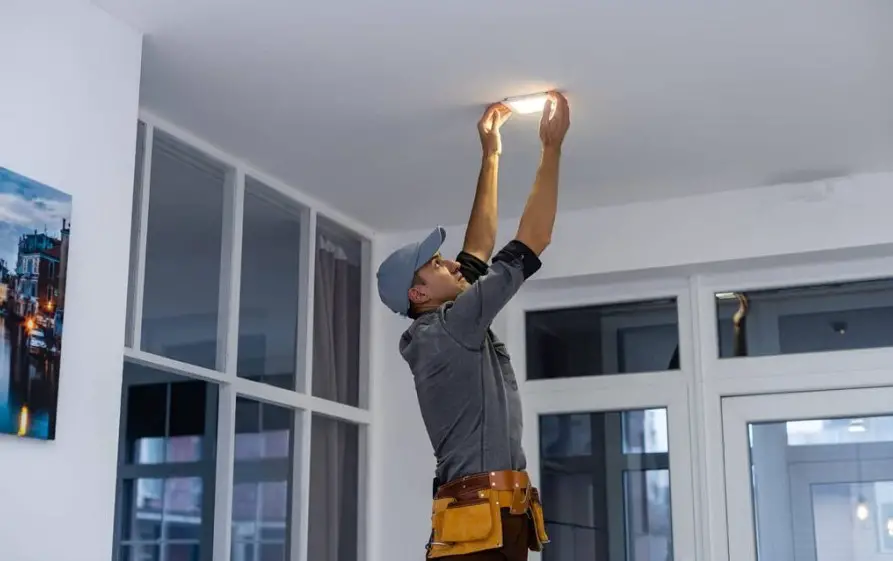
Examine the mechanism
Groove mechanisms are commonly used in ceiling light covers that do not require screws. It may take different forms, such as a metal ring around the edge of the cover, or a notch or groove mechanism on the ceiling itself.
Locate the groove or notch and place the tip of a flat head screwdriver into it, then gently pull the cover down.
If you can’t locate the mechanism, twist the bathroom light cover counterclockwise to remove it from the light fixture. Avoid using too much force when pulling the light cover. To remove a plastic ceiling light cover, gently press the cover upwards while simultaneously turning it counterclockwise until it releases.
Cleaning the bathroom ceiling light cover after removal is recommended to ensure it is free of dirt and debris, as well as to allow for inspection of the fixture for any potential faults such as loose wiring or damaged components that may need to be repaired before reinstalling the cover.
Before attempting to remove or reinstall a ceiling light cover, it is important to read the manufacturer’s instructions, since the groove may differ between various covers; if unsure about the process, seeking the assistance of a qualified electrician or handyman is advisable to avoid any injury or damage.

Identify the clip mechanism
In modern homes, ceiling light fixtures often use a clip mechanism to secure the light covers, with these clips located either on the ceiling or around the edge of the cover.
It is necessary to gently press these clips to release them from the ceiling, keeping in mind that some covers may have multiple clips that should be checked before removal, allowing for easy access to the light bulb inside once all clips have been pressed.
When removing a bathroom ceiling light cover without screws, a flat head screwdriver may be used to pry the cover open, revealing the notch or groove mechanism that is often secured by a small metal spring and detached from the flush-mounted light fixtures.
However, it’s essential to recognize that not all light covers use a clip mechanism, and if you encounter difficulty locating the clips, consulting the manufacturer’s instructions or seeking assistance from an electrician is advisable to prevent any damage to the fixture.

Use the needle-nose pliers
There is a process to follow when removing a ceiling light cover without screws.
If a screwdriver is too small to release the groove mechanism holding the cover in place when removing a ceiling light cover without screws, needle-nose pliers can be used instead, and it’s recommended to start by attempting to use a screwdriver.
Simply grip the cover’s edge with the pliers and pull down while gently squeezing the pliers together.
This method is especially useful for covers without grooves or clips, as it provides a secure grip on the cover’s edge.
Additionally, it is important to handle the cover with care to not damage it or the ceiling light cover. By following these actions, the cover can be safely and easily removed, allowing for access to the light bulbs or other components as needed.
Use the utility knife
There are several methods available for removing the light cover of a ceiling fixture, depending on the type of fixture you have.
A different method is required for fixtures that do not have slotted connectors, whereas a utility knife can be used to release the cover if it has slotted connectors by inserting the blade into the slot and gently twisting it.
One alternative is to look for screws holding the fixture in place and remove them using a screwdriver.
Alternatively, you can try gently pulling the cover down to see if it snaps out of place. Care should be taken to avoid damaging plastic ceiling light covers during the removal process.

Twist and pull
When the light cover is held in place by tension, there are several methods to release it from the ceiling. One method is to twist and gently pull it, which is commonly used for glass covers.
Another method is to locate the small clips that hold the cover in place and gently push them aside with a small tool, such as a screwdriver or pliers.
A third method involves unscrewing the screws that hold the cover in position, which is typically used for metal covers.
Each of these methods requires care and attention to avoid damaging the cover or the fixture. It’s important to follow the manufacturer’s instructions for removing light covers to ensure safety and avoid any damage to the fixture or the cover itself.
Look for screws
Ceiling light covers without screws are typically held in place by a groove.
However, some covers may have screws that secure them in place.
If you cannot locate screws around the edge of the cover, then they may be located on the ceiling instead. If screws are present, simply use a screwdriver to remove them and release the cover.
It is important to note that when dealing with ceiling light covers, it is always best to exercise caution and follow proper safety procedures to avoid injury.

Release the catch
If you encounter a light cover that seems to be stuck, don’t fret. You may have to look for a catch, which is a small lever or button that keeps the cover in place.
This catch is usually located either on the ceiling fixture or on the cover itself. Once you have located the catch, press it gently while pulling down on the cover to remove ceiling light cover from the ceiling light fixture.
But be careful not to apply too much pressure, as you don’t want to damage the cover or the fixture.
Additionally, you may also want to consider cleaning the cover and the fixture while they are detached. This will help remove any accumulated dust or debris that may have gathered over time, thereby ensuring that your light shines as brightly as possible.
Remove glass covers
When your ceiling light cover is made of glass, it is important to handle it carefully to avoid shattering it. One way to do this is by wearing gloves to protect your hands from any sharp edges. Once you have gloves on, you can then proceed to remove ceiling light cover from the ceiling light fixture by gently pressing on the cover while turning it counter-clockwise.
While doing this, it is important to be aware that some glass covers may have a spring-loaded mechanism that holds them in place. So you may need to press a little harder to release the cover from the ceiling light fixture.
Once the ceiling light cover is released, you can then carefully remove it from the fixture and set it aside. Remember to handle the cover with care to avoid any accidents.
It’s important to be careful when removing a ceiling light cover, especially if it’s made of glass or other fragile materials. If you’re unsure about the best method for removing your particular cover, it may be a good idea to consult with a professional electrician or handyman.

Replace the old light bulb
After you have removed the light cover, carefully set it aside to replace bulbs. Take the opportunity to examine the interior of the fixture and socket for light bulbs for any signs of wear or damage. This is also a good time to clean out any debris that may have gathered in the fixture.
Next, locate the old bulb and carefully remove it from the socket. Do not damage the socket or any other components in the fixture. Once the old bulb has been removed, take the new light bulb and gently insert it into the socket.
Ensure that you use light bulbs with the right wattage to prevent overheating, which could lead to fire hazards or other safety issues.
If you need to clean the light cover, wash it with warm soapy water, and dry it thoroughly before replacing it. Take care to align the cover properly before replacing it on the fixture.
Finally, test the new bulb to make sure that it is working properly. If there are any issues, consult the manufacturer’s instructions or seek the help of a qualified professional.

Tips and tricks
One way to make cleaning easier is to use a vacuum cleaner to remove any dust or cobwebs that may have accumulated on the cover over time. This will prevent any debris from falling into your eyes or onto the floor while you’re working.
Another tip is to take your time when removing the cover. Be gentle and patient, and don’t force anything.
Once you have removed the cover, it’s important to clean it thoroughly before replacing it. You can use a soft cloth or sponge and a mild cleaning solution to wipe away any dirt or grime that may have accumulated on the cover.
Remember, safety should always be your top priority when working with electrical fixtures. If you’re unsure about anything, seek professional assistance. And always wear gloves to protect your hands from any debris or broken glass that may result from the removal process.

Conclusion
It is generally not too difficult to remove a ceiling light cover that has no screws, as long as you have the right techniques and patience.
There are several methods you can try to remove a ceiling light cover that does not have screws.
Experimenting with techniques like twisting and pulling, leveraging a tool to pry it open, utilizing suction cups, or pushing it upwards in the event of clips being in place can help you remove the cover securely and effectively.
It’s essential to exercise caution and consider seeking guidance from an expert if you’re uncertain about the ideal approach to your specific situation.
FAQ
How do I remove a rectangular ceiling light cover without screws?
How to remove ceiling light cover no screws? If the plastic or glass cover uses a flush mount and has no screws, you may need to identify if it’s spring-loaded and then carefully remove it from the light fixtures.
You need to locate the catches, which are usually located on the sides of the cover. Once you have located the catches, gently press them while pulling down on the cover to remove them from the fixture.
To avoid damaging the cover or the fixture, it is important to be cautious and not apply too much pressure when attempting to remove the ceiling light cover.
Additionally, you may also want to consider cleaning the cover and the fixture while they are detached. This will help remove any piled dust or debris that may have gathered over time, thereby ensuring that your light shines as brightly as possible.
Read More: 15 Tips To Choose False Ceiling Lights
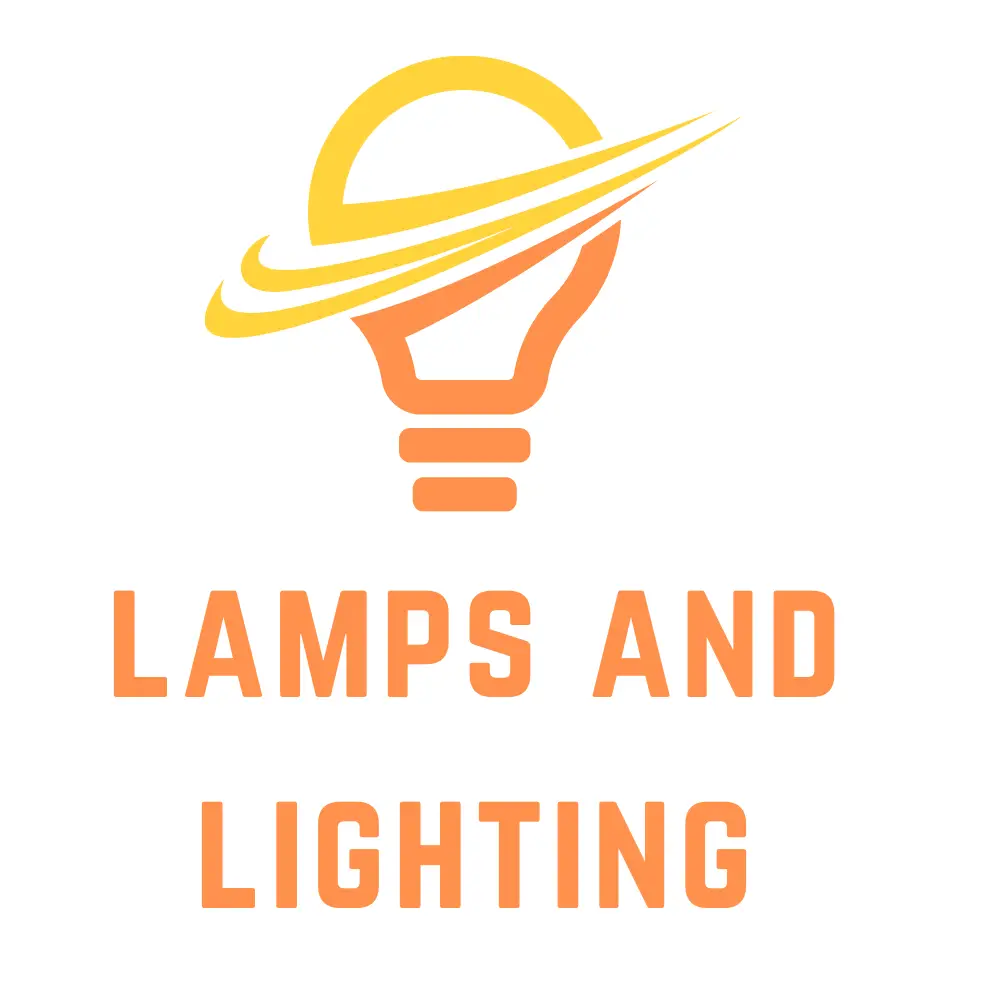
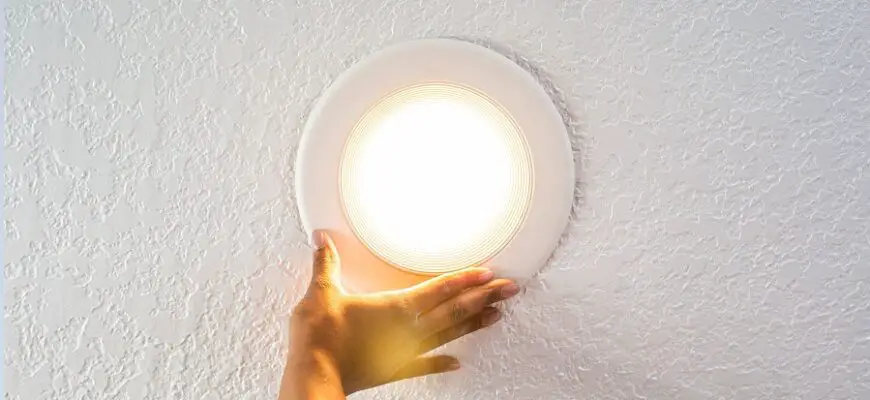


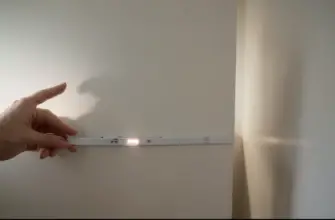

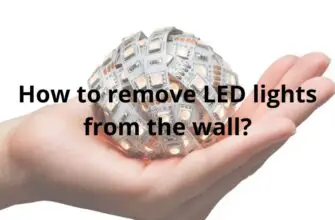
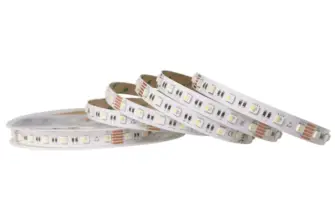



Thank you so much for sharing this information. It was very informative and very useful.